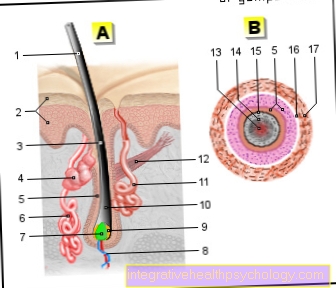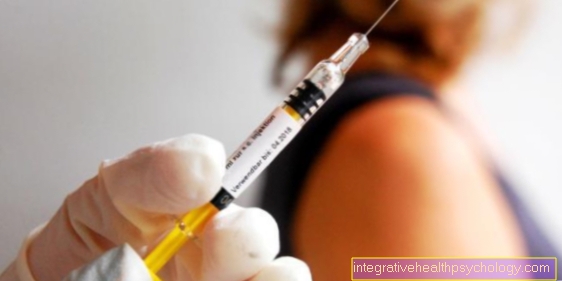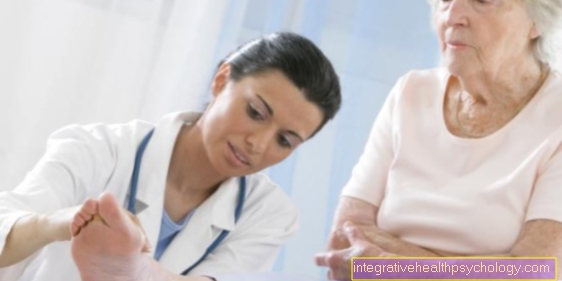Irritable bladder therapy
How can an irritable bladder be treated?
If the doctor finds the cause of the complaints to be of a secondary nature, he will deal with the underlying disease, e.g. Treat inflammation with antibiotics, tumor diseases with appropriate further therapy.
In the more common primary form of irritable bladder, for which no cause is found, the only option left to the doctor is to offer the patient symptomatic therapy. This means treating the complaints, but not the cause.
The group of substances known as anticholinergics is available to the doctor as a drug treatment method. These drugs act on the smooth muscles of the urinary bladder and on the urethra and thus help the bladder to empty completely and free of symptoms. The following drugs should be mentioned here: Propiverine, clinidium bromide, darifenacin, fesoterodine, oxybutynin, solifenacin, tolterodine, trospium bromide. So-called spasmolytics can also be used and reduce the willingness of the urinary bladder to contract. Another approach to treatment is the administration of medication that is actually given for depression and depressed moods. These are the so-called tricyclic antidepressantswhich can also be given to improve urination. If the cause of the troublesome urination, as mentioned above, lies in a drop in the estrogen level in women going through menopause, a temporary estrogen administration can also be considered.
The intake of Granufink femina® plays a major role in the therapy of hyperactive bladder in women. Read more about it under our article: Granufink®
Not to be forgotten are psychological factors, which can also lead to an irritable bladder and which can be treated with appropriate psychotherapeutic measures.
Naturopathically, the gift of goldenrod can be considered. This very old medicinal plant also promotes painless and regular urination and can be tried as one of the first treatments.
Unfortunately, those affected often neglect their hydration. As is well known, it is advisable to drink two to three liters per day. For fear of having to go to the toilet more often, however, many of those affected reduce the amount they drink, which, however, leads to a decrease in bladder capacity. This favors the existence of an irritable bladder. Pelvic floor exercises, which should be built into everyday life on a regular basis, strengthen the muscles of the bladder and thus help to empty the bladder better.
In order to document the cause and existence of the irritable bladder, the person concerned should keep a so-called micturition log, which includes the frequency of urination, the corresponding situation and the approximate amount of urine.
prophylaxis
Since the irritable bladder often has unknown causes, or causes that are difficult to influence yourself, prophylaxis here would only be sufficient daily fluid intake, a few diuretic fluids such as e.g. Coffee, and early start of bladder-strengthening training. Switching off or reducing psychological factors such as stress could also be viewed as a prophylactic measure. In order to avoid the formation of bladder stones, attention should be paid to physical exercise in addition to adequate fluid intake.
forecast
The prognosis of the irritable bladder depends heavily on the cause. While the treatment of the secondary irritable bladder usually has a better prognosis (when treating a bladder infection, the irritable bladder caused by it usually disappears), it looks rather worse with the primary irritable bladder. Since the causes are not known and the treatment is purely symptomatic, the symptoms can be alleviated, but after discontinuing therapy it can be assumed that the uncontrolled urge to urinate will start again.



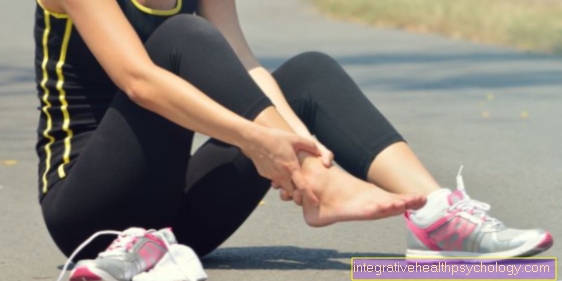
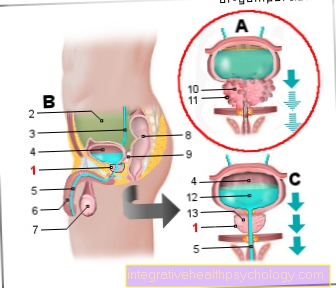
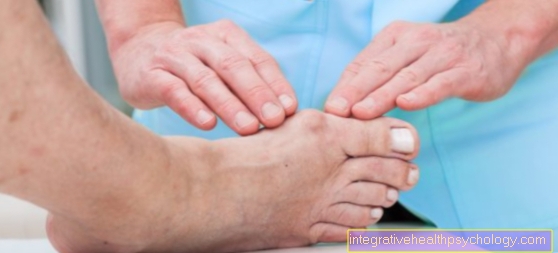

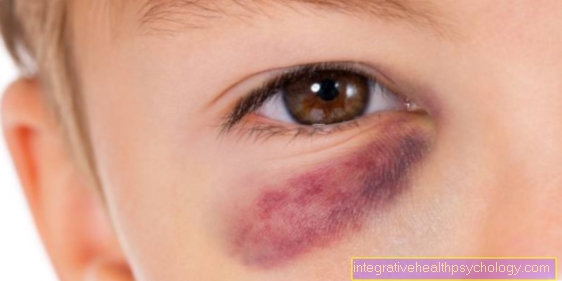


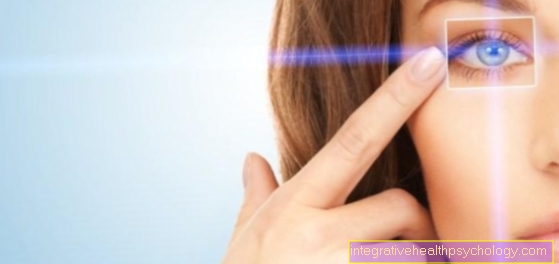
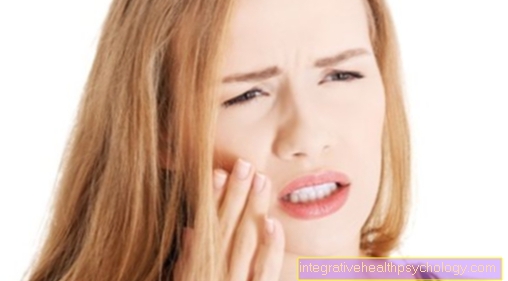
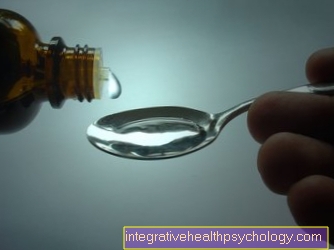
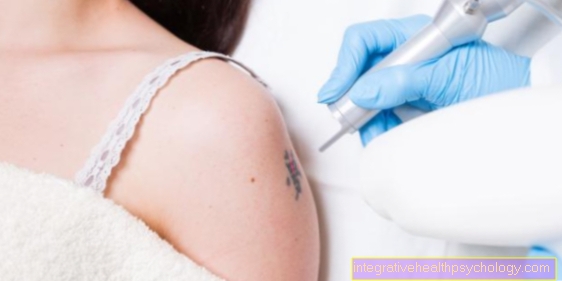
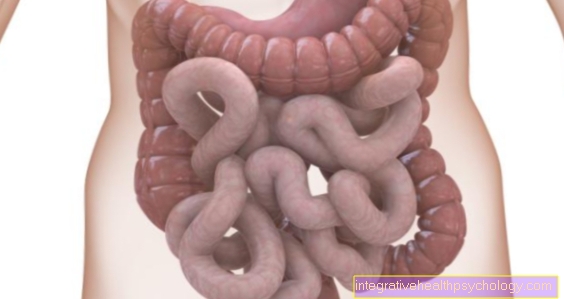
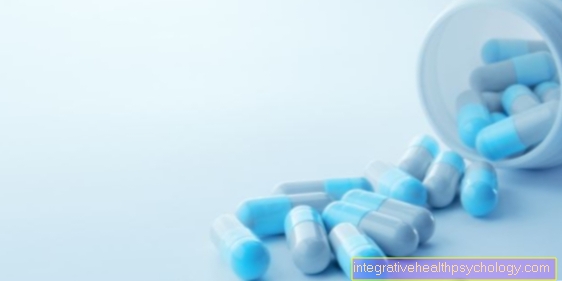
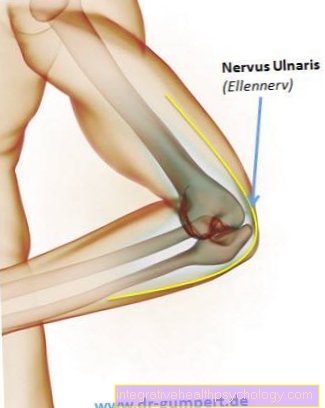

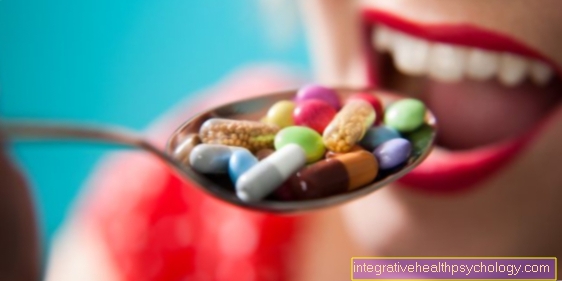
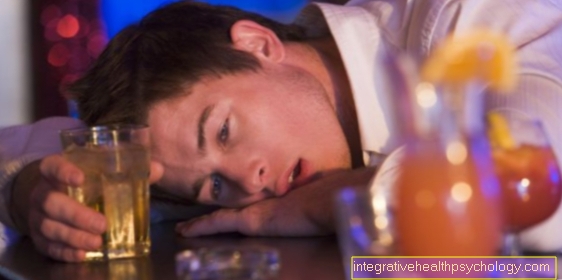

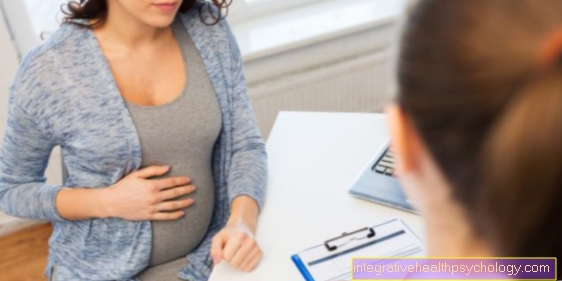
.jpg)


